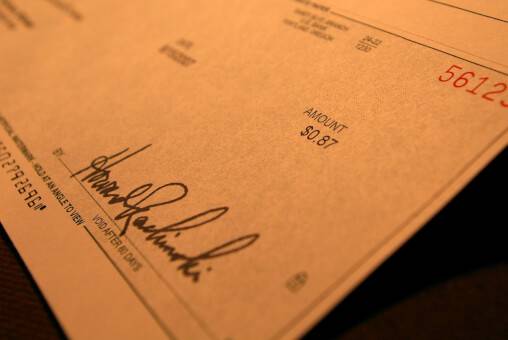It’s hard to know what your rights are as a musician with so many different ways to sell your music and how just advertising your songs on your own website sometimes leads to other people using it without your authorisation. This also includes sending your music to music labels and not knowing if you’re getting the best licensing deal.
Here are the basics when it comes to music royalties and owning your own music that can help as a beginner’s guide to the world of creative licensing:
Music Royalties
As most musicians and songwriters know, royalties are how people in the music industry get paid for writing a song and/or performing it. A royalty is sometimes confused with contracting for a license. There are different types of licensing and how they are used depending on what the artist has created. Once the artist completes the work and it is used, the royalties will begin in one of the following ways in them music industry:
Mechanical Royalties
These are paid to an artist when the artist’s work is reproduced in some way in a physical form like a CD or now with the reemergence of vinyl records. Each time an entity that an artist has contracted with makes one copy of the artist’s work, a royalty has to begin to be paid to that artist. A songwriter will usually discuss this type of royalty as an initial payment structure with the publisher of their music and a record label if they are involved in the process in any way.
Performance Royalties
This is considered the royalty that is most commonly given to songwriters and singers because it is so wide-reaching in terms of what is defined as a public performance. It is any songwriter’s music that has been copyrighted and then is used to air on the radio, a live forum, a recorded performance of the copyrighted material on television or in a movie, and anyone who plays the music in a public place on a speaker system. These type of royalties don’t usually go directly to the artist; instead, they go to an intermediary called a performance rights organization (PRO) that the artist has contracted with to handle the royalty funds as they come in. They PRO gets the payment from the company that used the material and passes the payment on to the artist on a monthly or fiscal year basis depending on what has been contracted with the artist. An example of a few well-known PRO entities is BMI and ASCAP.
Sync Royalties
An artist receives this type of royalty when someone uses their copyrighted material for a film, commercial, streaming, or any other kind of media that is wholly visual in nature. This type of royalty is paid out on the basis of the total number of times a song was utilized and with what type of audience. These two elements dictate the percentage that an artist is paid for their material. The royalty is then sent to the artist and not a PRO unless the artist has otherwise contracted with a PRO to handle the royalty transfer.
Print Royalties
These are not very common as far as music royalties in terms of payment to the artist. This applies only to music that is copyrighted and then created into sheet music for sale. Royalties are then paid to the person or entity that holds the copyright to the material on the basis of how many copies are made and not on how many are sold.
Is There Music That Can Be Royalty Free?
An artist could be approached by a company or individual who wants to buy their material—either a song or book of music—up front. This is a type of music licensing where the purchaser only has to pay the artist one time to license the music and they own it outright.
How Can I Make Sure That I Get Paid For My Music?
Copyright. It’s as simple as that. This protects a music artist under federal law in the United States from having anyone use their work without paying for it. The word itself literally means that whoever has bought this law for their material is the sole proprietor of “the right to copy.” If you are going to take your U.S. copyrighted music to other countries, then you will need to become familiar with their copyright laws and pay additionally to have that same music copyrighted there.
There are two types of copyrighting you need to know:
• Performing Arts: This is when you apply to have your words and melody protected under the law for your sole use.
• Sound Recording: When your music is being used in a sound recording format, it will need a separate copyright attached to it.
Check out “This is Who I am” by Adam Harkus here.
The basic steps to register a song for copyrighting are:
• Choose one format to record your material either written as sheet music or on an audio file
• Go to copyright.gov, create an account,(it is free), and a copyright file
• Fill out the copyright application online
• Pay the nominal fee
• Upload the music to be copyrighted in the form you chose
Once you have completed the steps, the Copyright Office will send you the final copyright paperwork within 4-6 weeks. If someone uses your songs within the time that you are waiting for your final papers, you will have recourse against them because you have dated material on file with the copyright office showing when your application was started and in the process of being completed.
Jessica Kane is a professional blogger who focuses on personal finance and other money matters. She currently writes for Checkworks.com, where you can get personal checks and business checks.



